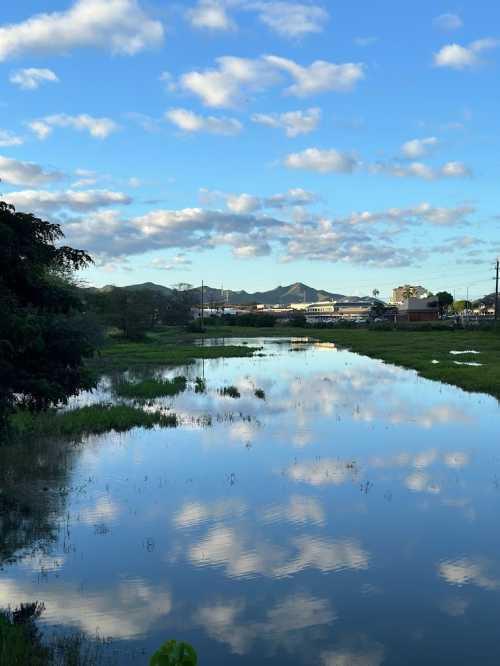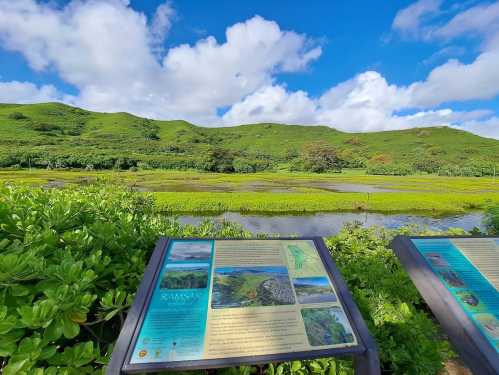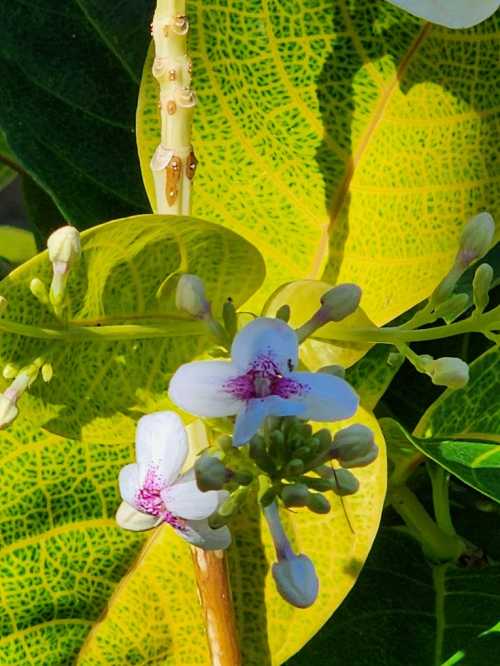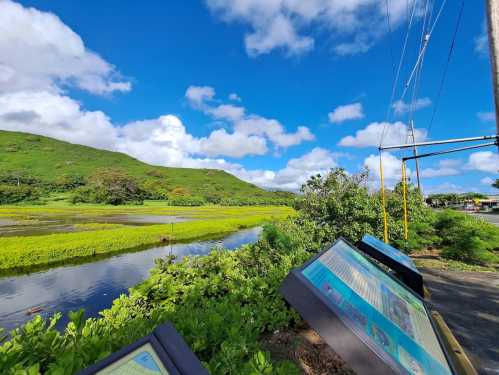The Aloha State’s wildlife is truly remarkable, from the Hawaiian green sea turtles, spinner dolphins, and tropical fish that are found in the waters surrounding our breathtaking islands to the native birds flying above us — including the only mammal native to Hawaii, the hoary bat. But there are also animals you might not expect to see in the wild, including the wild cows found grazing on the slopes of Mauna Kea.
For those who might not be aware, Hawaii Island is home to massive amounts of cattle, including the largest contiguous ranch in the United States, Parker Ranch.
The island is also home to thousands of wild cows that were introduced at the end of the 18th century and roam the forested areas of the island.
In the 1790s, Captain George Vancouver gifted King Kamehameha I with four bulls and eight cows. Kamehameha places a kapu on the hunting of the feral cattle and as a result, 25,000 cattle were roaming the countryside — in addition to 10,000 semi-domesticated cattle — by 1846.
The massive herds destroyed crops and eventually hunting was allowed, but the feral cattle still remain to this day.
This feral breed of domestic cattle is commonly seen while driving across the middle of the island on the Saddle Road as well as the Mauna Kea Access Road.
Both roads warn of the dangers of “invisible cows,” which are hard to see as a result of the dense fog common as you ascend into the clouds to the summit of Mauna Kea.
Whether you love seeing cows grazing off the side of the road — or in the road, sometimes — or just want to be aware so you can take caution while driving, the story of Hawaii Island's feral cattle is truly fascinating.
Have you ever seen the wild cows that call the slopes of Mauna Kea home? If not, you might want to embark on the epic journey along the highest road in the state. Just be wary of invisible cows!
Subscribe to our newsletter
Get the latest updates and news
Thank you for subscribing!























